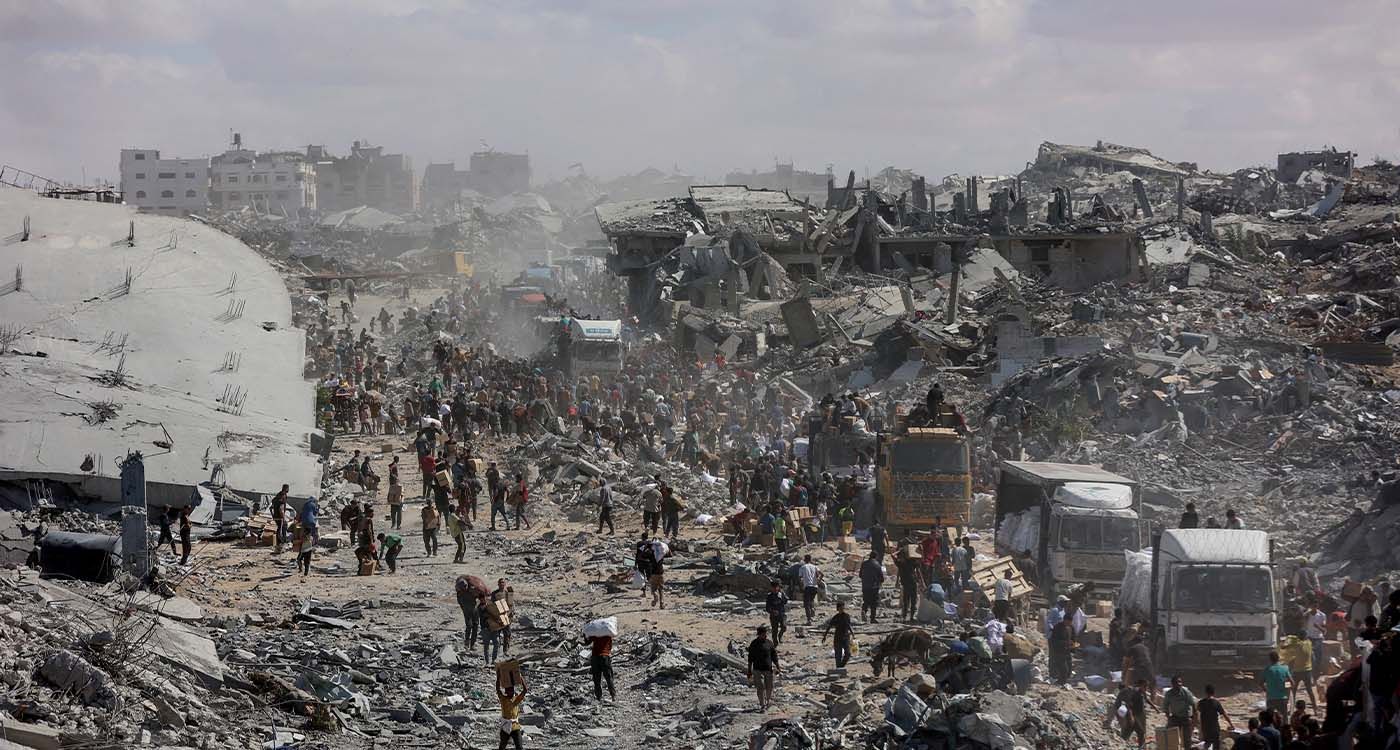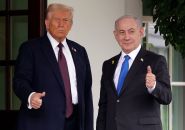- Home
- Middle East
- Sharm el-Sheikh Summit: Putting an End to the Charade

©OMAR AL-QATTAA / AFP
The cloth doesn’t make the cleric… The old saying fits neatly when it comes to Hamas and the latest turn in the war it launched on October 7, 2023, with its massive and deadly offensive against Israel from Gaza. Two years into a conflict that has plunged the Palestinian population into a nightmare, the Islamist movement has just endorsed, after endless and arduous negotiations, the peace plan crafted by President Donald Trump.
On the eve of the international summit in Sharm el-Sheikh, called by the US president to formalize the agreement between Israel and Hamas, a crucial question looms: how, and to what extent, did the October 7 offensive actually serve the Palestinian cause?
In reality, far beyond the specifics of that offensive, every move by this fundamentalist organization casts doubt on the stature it claims to have achieved over the years. It is impossible to overlook that in the 1980s, Hamas benefited significantly from the support and active backing of Israeli authorities, whose aim at the time was to weaken the PLO and Yasser Arafat’s Fatah by fostering the rise of a rival faction. The strategy proved effective: in 2007, Hamas wiped out Fatah’s presence in Gaza in a bloody purge, all while paradoxically presenting itself as a radical “resistance” movement. Appearances, however, can be misleading…
The alignment of interests between the Palestinian fundamentalist movement and Israel’s far right became particularly evident during the Oslo peace process, boldly initiated in 1993-1994 thanks to the pragmatism and political courage of Israeli Labor leader Yitzhak Rabin and the head of the PLO. Yet the only solid and serious peace plan in the entire history of the Middle East conflict was simultaneously undermined both by Hamas, through terrorist attacks, and by Israel’s far-right, the decisive blow coming in November 1995 with the assassination of Yitzhak Rabin by an Israeli extremist. Rabin held the legitimacy, credibility, and authority needed to carry the Oslo process forward, whose ultimate aim was the creation of a Palestinian state.
By endorsing the Gaza agreement put forward by President Trump, Hamas is effectively giving its implicit approval to the creation in the medium term of a Palestinian autonomous entity, an initiative it had actively undermined in the mid-1990s. The consequence: thirty years lost in conflict, military escalations, and entirely futile operations. The civilian population had to bear a heavy toll, in the absence of shelters or properly equipped relief centers that should have been funded with the substantial resources Hamas received, with Israel’s consent.
The actions of this fundamentalist organization starkly underscore the tragedy that has defined the Arab-Israeli conflict for decades: the sheer irrationality and disregard for reason, entirely at odds with geopolitical pragmatism, displayed by the main actors and Arab regimes over time. In 75 years of open conflict with Israel, the leaders of the so-called “confrontation” states have never taken any meaningful steps to turn their empty slogans and fiery rhetoric advocating the fight against “American imperialism and global Zionism” into reality.
Over these 75 years of futile wars and an unending conflict, the main Arab leaders and political organizations have turned what they called the “Palestinian cause” into little more than a tool for regional influence, a means of holding onto power, and a pretext for the brutal repression of their opponents.
In this regard, Hamas, like its Lebanese counterpart Hezbollah, has perfected the art of exploiting this vast deception. The hope is that President Trump’s Gaza plan, set to be formalized in Sharm el-Sheikh, will finally end this charade and steer the Middle East toward a solid and lasting peace, one that would allow the region’s populations to enjoy prosperity, well-being, and a truly normal life.
Read more





Comments